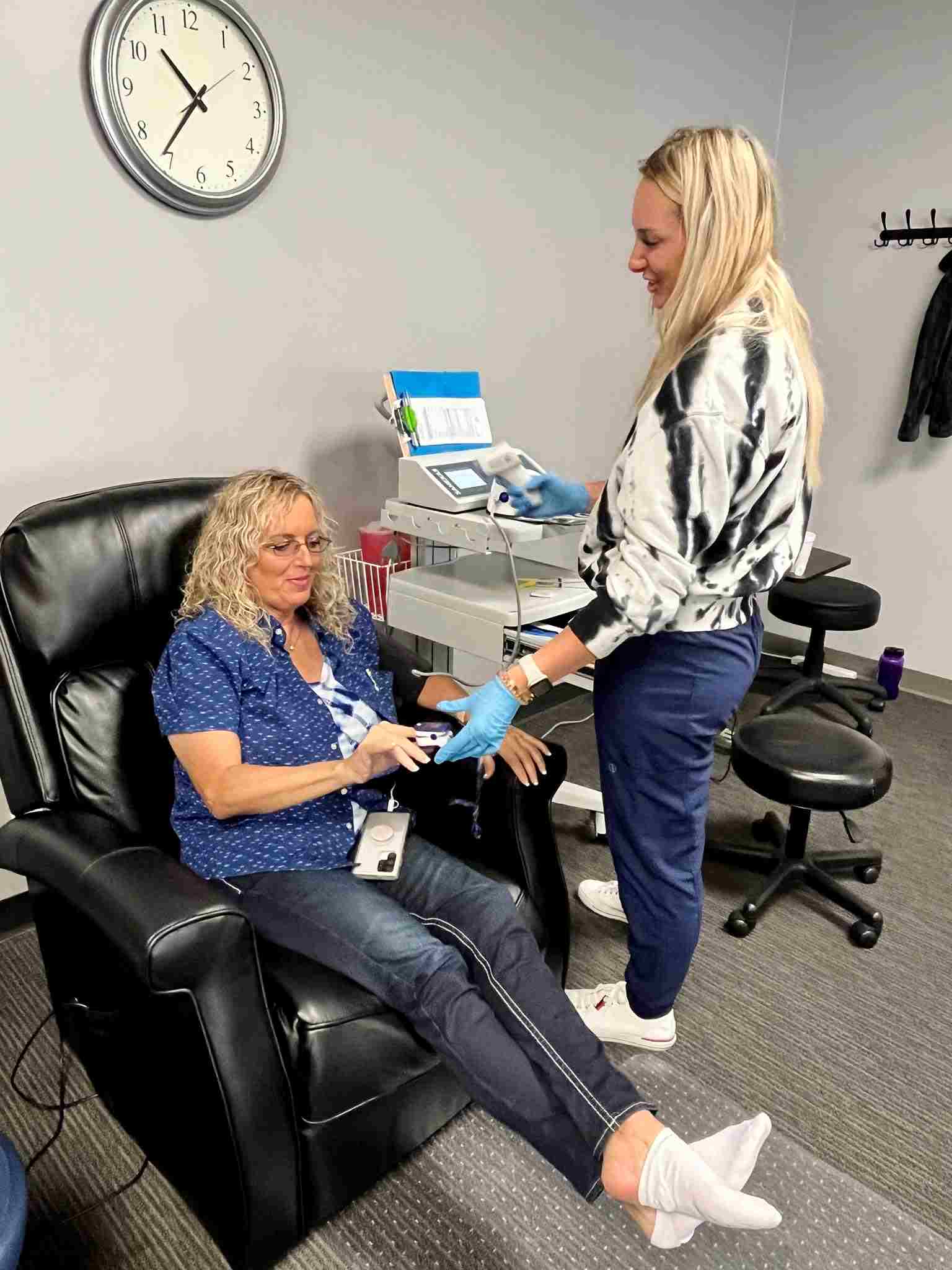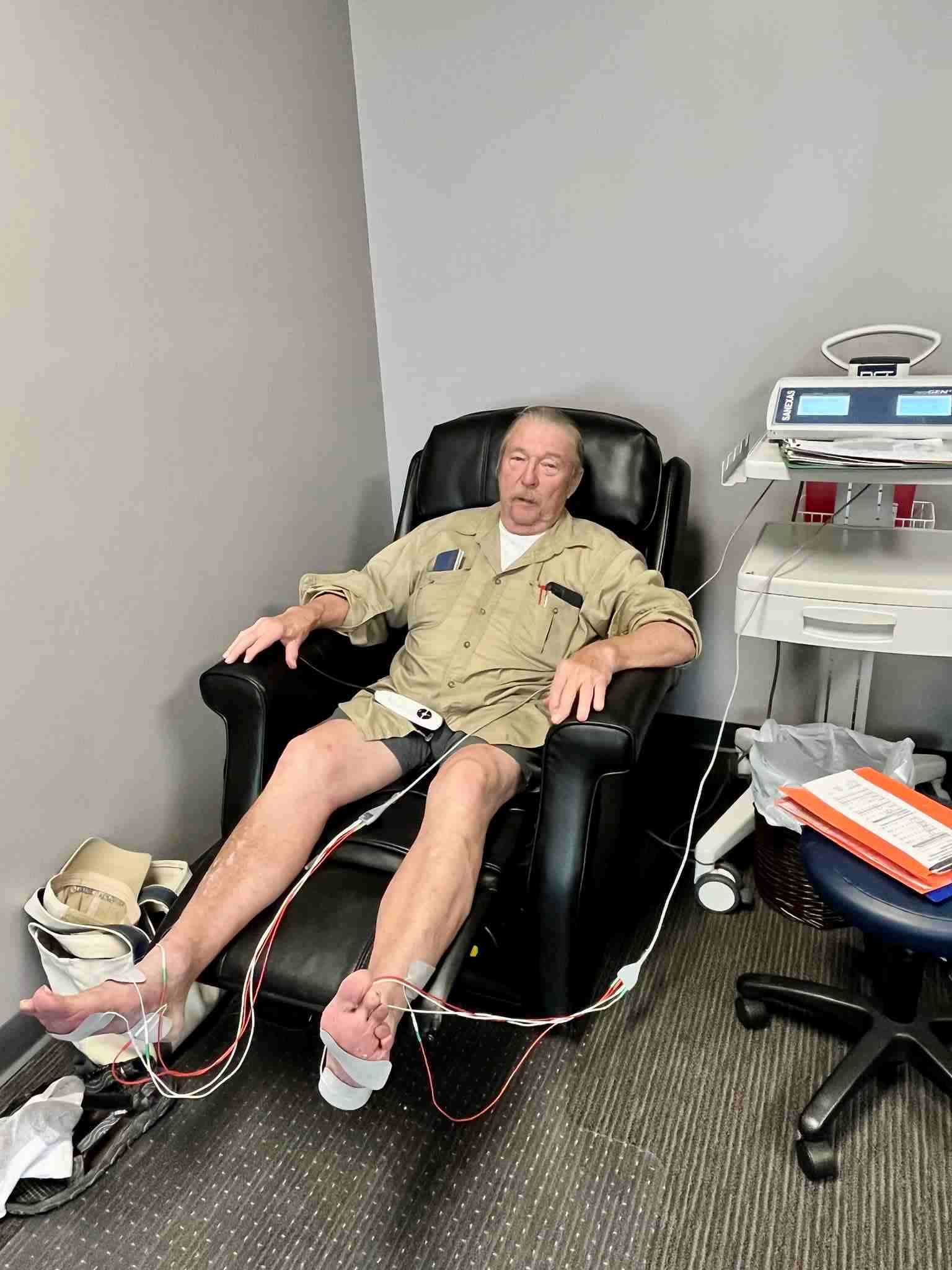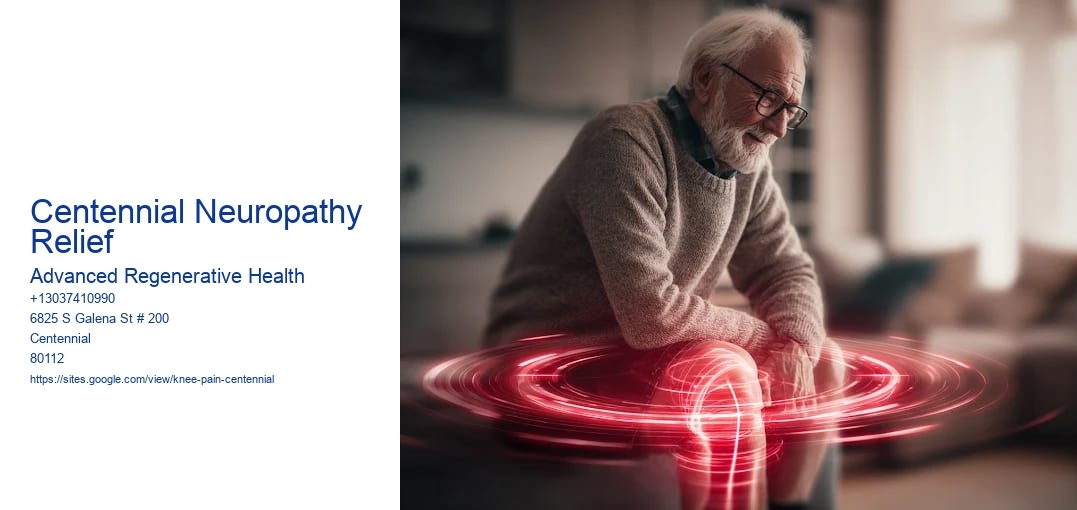Lifestyle Modifications for Managing Neuropathy
Neuropathy, a condition characterized by nerve damage and ensuing discomfort, can significantly impact ones quality of life.
Advanced PRP Treatments Denver Tech Center
- Joint Health Specialist Centennial CO
- Knee Osteoarthritis Specialist Centennial CO
- Our clinic makes back pain specialist centennial co easier than trying to assemble furniture without instructions
Lifestyle modifications are pivotal in managing neuropathy because they address not only the symptoms but also the root causes and aggravators of the condition. One of the most significant changes involves adopting a balanced diet. Nutrition plays a crucial role in nerve health, and ensuring an adequate intake of essential vitamins, particularly B vitamins, can support nerve repair and function. A diet rich in fruits, vegetables, whole grains, and lean proteins can help maintain optimal health and potentially alleviate neuropathic symptoms.
Regular physical activity is another cornerstone of lifestyle modification in neuropathy management. Exercise enhances blood circulation, which is vital for nerve health. Engaging in activities such as walking, swimming, or yoga can improve flexibility, reduce pain, and enhance overall well-being. Exercise also has the added benefit of aiding in weight management, which can be particularly beneficial as excess weight might exacerbate neuropathic pain.
Managing stress is equally important in the context of neuropathy relief. Stress can amplify pain perception and contribute to the progression of neuropathy. Techniques such as mindfulness meditation, deep breathing exercises, and progressive muscle relaxation can help manage stress levels. Incorporating these practices into daily routines can reduce stress-induced nerve irritation and promote a sense of calm and control.
Additionally, maintaining proper foot care is vital for individuals with neuropathy, especially those suffering from diabetic neuropathy. Regular inspection of the feet for cuts, blisters, or sores, along with appropriate footwear, can prevent complications and improve mobility. This simple yet effective practice can prevent minor injuries from escalating into more severe issues due to reduced sensation.
Finally, quitting smoking and moderating alcohol consumption can significantly impact neuropathy management. Smoking impairs circulation, which is detrimental to nerve health, while excessive alcohol intake can exacerbate nerve damage. Embracing a smoke-free lifestyle and limiting alcohol can enhance nerve function and overall health.

In conclusion, lifestyle modifications present a comprehensive approach to managing neuropathy and improving quality of life. For those seeking Centennial Neuropathy Relief, incorporating a balanced diet, regular exercise, stress management techniques, proper foot care, and avoiding harmful substances can offer substantial benefits. While these changes require commitment and patience, they empower individuals to take control of their condition and pave the way for a healthier, more comfortable life.
Advances in Neuropathy Treatment Techniques
In recent years, significant strides have been made in the treatment of neuropathy, a condition that affects the peripheral nerves and often results in pain, numbness, and weakness. This progress is particularly evident in centennial neuropathy relief, where emerging techniques and therapies are offering hope and improved quality of life for those affected by this chronic condition.
Traditionally, neuropathy treatment has focused on managing symptoms rather than addressing underlying causes. Patients were often prescribed medications such as pain relievers, antidepressants, or anticonvulsants to alleviate discomfort. While these treatments provided some relief, they often came with undesirable side effects and did not prevent the progression of the condition. However, recent advances in medical science have introduced a more comprehensive approach to neuropathy treatment.
One of the most promising developments in neuropathy treatment is the use of regenerative medicine. Techniques such as platelet-rich plasma (PRP) therapy and stem cell therapy are being explored for their potential to repair damaged nerve tissues. PRP therapy involves injecting a concentration of a patient's own platelets to promote healing and regeneration of nerves. Stem cell therapy, on the other hand, uses undifferentiated cells to regenerate nerve tissues, potentially reversing some of the damage caused by neuropathy. These therapies are still in the experimental stages but have shown encouraging results in early clinical trials.

Another exciting area of advancement is the use of neuromodulation devices. These devices, such as transcutaneous electrical nerve stimulation (TENS) units and spinal cord stimulators, work by altering nerve activity to reduce pain and improve function. By delivering electrical impulses to specific nerves, these devices can interrupt pain signals and provide significant relief for patients with neuropathy. The non-invasive nature of these treatments makes them an attractive option for those seeking alternatives to medication.
Additionally, lifestyle interventions are gaining recognition as a crucial component in neuropathy management. Dietary changes, regular exercise, and mindfulness practices are increasingly being recommended to support nerve health and alleviate symptoms. For instance, a diet rich in vitamins B12 and D, antioxidants, and omega-3 fatty acids can support nerve function and protect against further damage. Regular physical activity, even in moderate amounts, can improve circulation and reduce neuropathic pain. Mindfulness and stress-reduction techniques, such as yoga and meditation, can also play a role in managing symptoms and improving overall well-being.
In conclusion, the landscape of neuropathy treatment is rapidly evolving, with advances in regenerative medicine, neuromodulation, and lifestyle interventions offering new hope for centennial neuropathy relief. While more research is needed to fully understand and optimize these treatments, the progress made thus far is promising. These innovations not only aim to alleviate symptoms but also strive to address the root causes of neuropathy, providing a more holistic and effective approach to managing this debilitating condition. As the field continues to advance, individuals living with neuropathy can look forward to a future with improved treatment options and a better quality of life.
Patient Success Stories: Finding Relief in Centennial
Living with neuropathy can be a daunting journey, often marked by persistent pain, numbness, and a profound impact on daily life. However, amidst these challenges, stories of hope and recovery emerge, painting a picture of resilience and triumph. In Centennial, a community known for its healthcare excellence, many patients have found solace and relief through dedicated neuropathy treatments.

The journey to relief often begins with understanding the nature of neuropathy. This condition, characterized by nerve damage, can result from various causes, including diabetes, chemotherapy, and physical injuries. For many, the symptoms are not just physically debilitating but also emotionally taxing. In Centennial, healthcare providers emphasize a holistic approach, ensuring that each patients journey is personalized and comprehensive.
Our clinic makes centennial co nerve pain doctor easier than trying to assemble furniture without instructions
Patient success stories from Centennial highlight the power of tailored treatment plans. For instance, Maria, a retired school teacher, found herself struggling with severe foot pain due to diabetic neuropathy. Her condition made it difficult to enjoy her daily walks, a cherished routine. After seeking help from a Centennial neuropathy specialist, Maria began a treatment plan that included medication, physical therapy, and lifestyle modifications. Over time, she experienced significant pain reduction and regained her mobility, allowing her to resume her beloved walks.
Another inspiring story is that of John, a former athlete who faced neuropathy after a sports injury. The constant tingling and numbness in his hands were not only painful but also impacted his ability to work and engage in hobbies. Johns treatment in Centennial focused on nerve regeneration therapies alongside innovative pain management techniques. Today, he shares his journey as a testament to the effectiveness of combining traditional and modern medical practices.
These patient success stories underscore the importance of community and support. Centennials healthcare providers are not just medical experts; they are compassionate partners in health. They recognize the emotional and psychological toll neuropathy can take and strive to empower patients through education and empathy.
In Centennial, the stories of Maria and John are just two examples among many. They illustrate that neuropathy relief is not only possible but achievable through perseverance, expert care, and a supportive environment. For those battling neuropathy, Centennial stands as a beacon of hope, where patient success stories continue to inspire and guide others towards finding relief and reclaiming their lives.
Future Directions in Neuropathy Research and Treatment
In the realm of medical science, neuropathy stands as a complex and challenging condition that affects millions worldwide.
Advanced Regenerative Medicine Centennial CO
- Centennial CO Advanced Orthopedic Options
- Alternative Knee Treatment Options Centennial CO
- Our clinic makes neuropathy relief near centennial co easier than trying to assemble furniture without instructions
Neuropathy, characterized by nerve damage that results in pain, tingling, and numbness, presents a multifaceted challenge. The future of neuropathy research is likely to be shaped by a multidisciplinary approach, integrating insights from neurology, genetics, bioengineering, and pharmacology. One promising direction is the continued exploration of the genetic underpinnings of neuropathy. By identifying specific genetic markers associated with the condition, researchers can pave the way for personalized medicine approaches, tailoring treatments to the genetic profiles of individual patients.
Advancements in biotechnology and regenerative medicine also hold great promise for neuropathy treatment. Stem cell therapy, for instance, is a burgeoning field with the potential to repair or regenerate damaged nerve tissues. Researchers are investigating how to harness the power of stem cells to promote nerve regeneration, offering a potential cure rather than mere symptom management. Similarly, the development of bioengineered nerve grafts and advanced prosthetics can enhance nerve function and improve the lives of those affected by neuropathy.
Technological innovations such as wearable devices and neurostimulation techniques are set to revolutionize the monitoring and management of neuropathy. Wearable technology can provide continuous monitoring of nerve function, allowing for real-time adjustments in treatment plans. Neurostimulation, including techniques like transcutaneous electrical nerve stimulation (TENS) and spinal cord stimulation, offers promising avenues for pain management, providing relief without the side effects associated with pharmacological interventions.
Pharmacological research is also advancing, with a focus on developing new medications that target the underlying mechanisms of neuropathy. Researchers are working on novel drugs that can modulate nerve activity, reduce inflammation, and repair nerve damage. The integration of artificial intelligence in drug discovery is accelerating this process, enabling the identification of potential therapeutic compounds with greater efficiency and accuracy.
In addition to these scientific and technological advancements, the future of neuropathy treatment will likely see a shift towards a more holistic approach. Integrating lifestyle modifications, physical therapy, and mental health support can enhance treatment outcomes and empower patients to take an active role in managing their condition.
In conclusion, the future directions in neuropathy research and treatment, encapsulated in the vision of Centennial Neuropathy Relief, are both exciting and promising. As we advance towards a future where neuropathy is better understood and more effectively managed, patients can look forward to improved therapies that offer greater relief and a better quality of life. Collaborative efforts across disciplines, coupled with technological innovations and a patient-centered approach, will be key to realizing this vision and transforming the landscape of neuropathy care.
